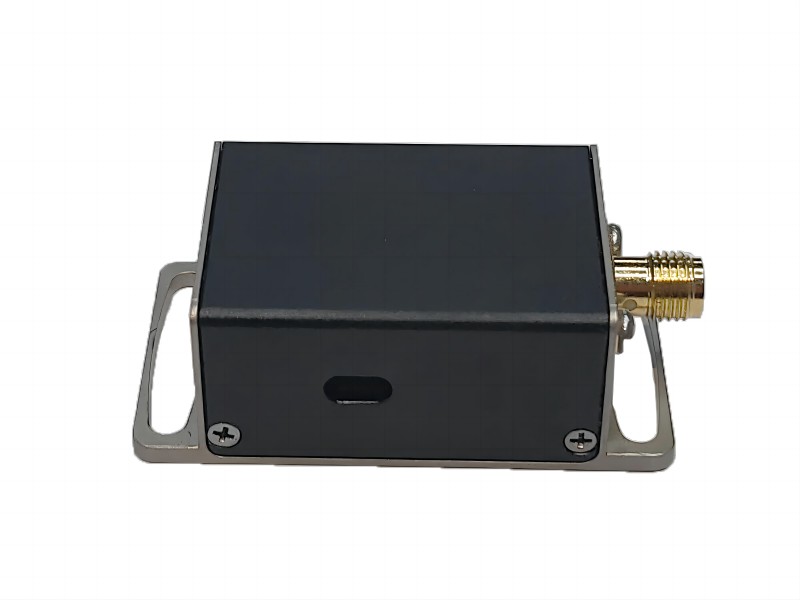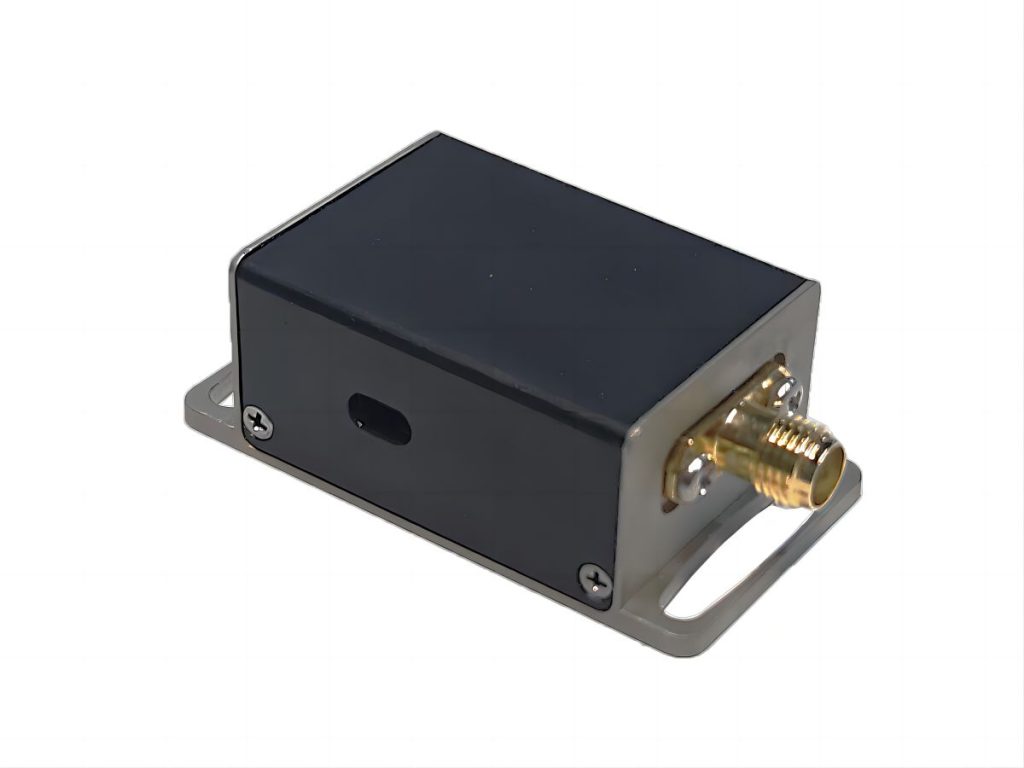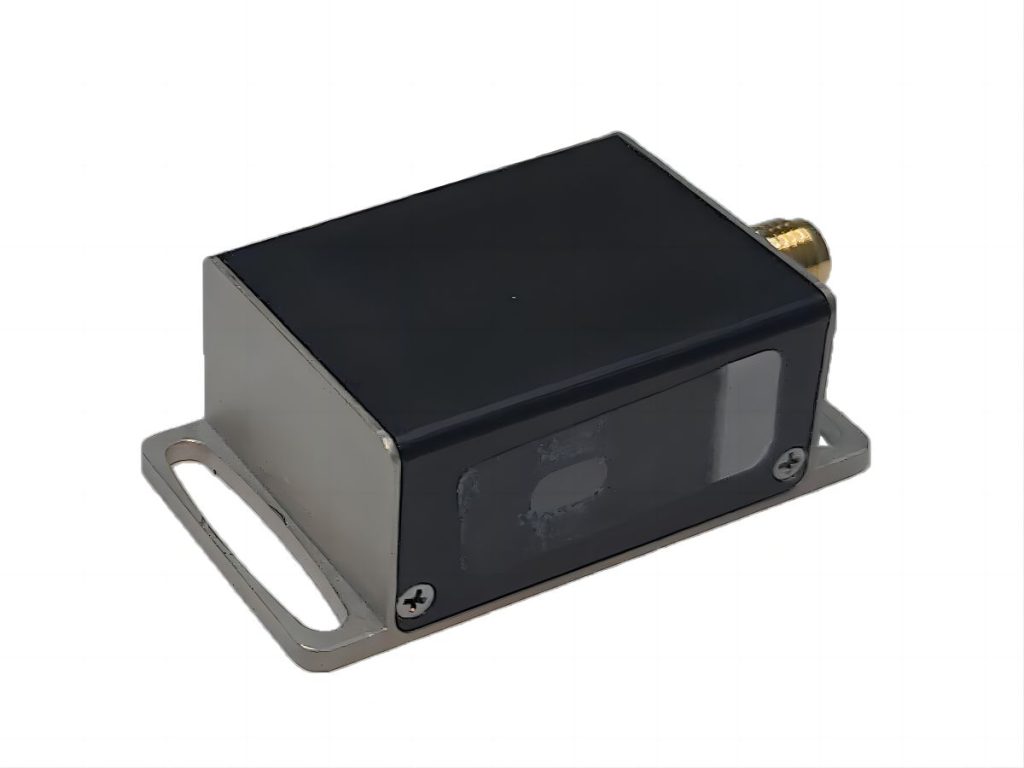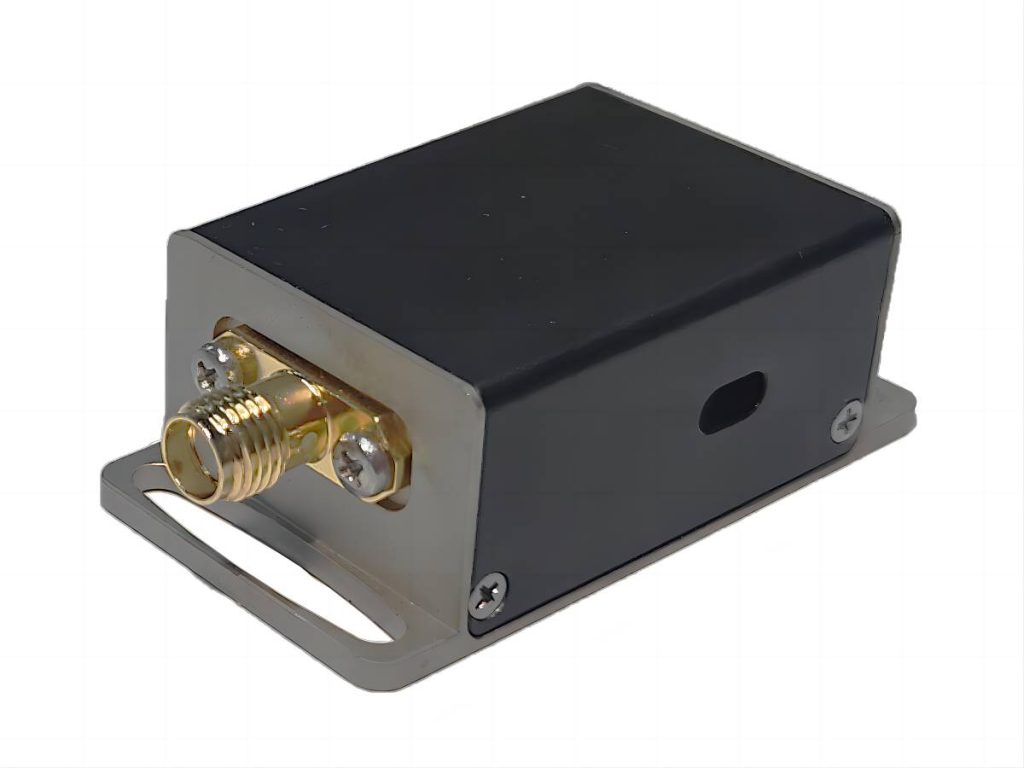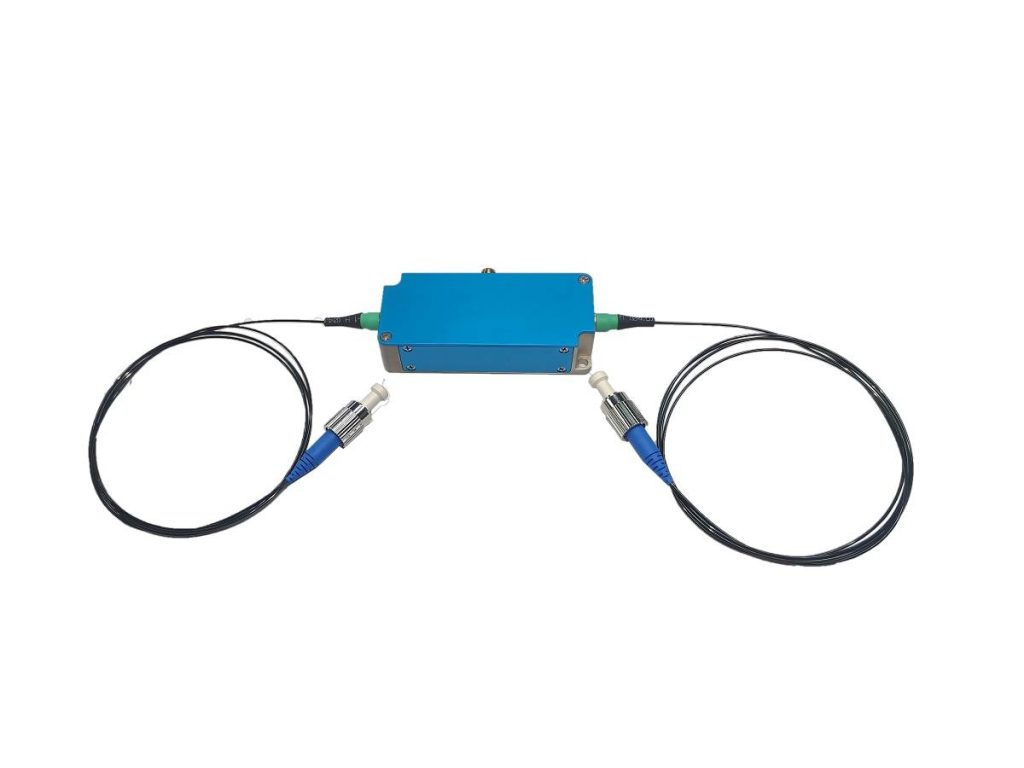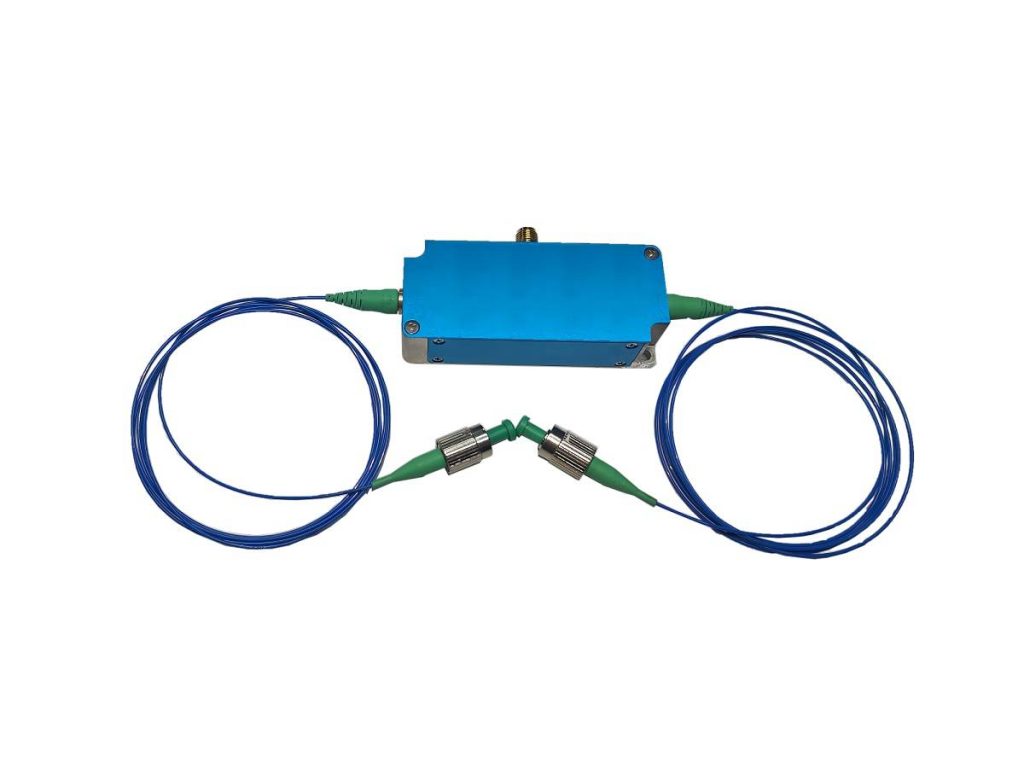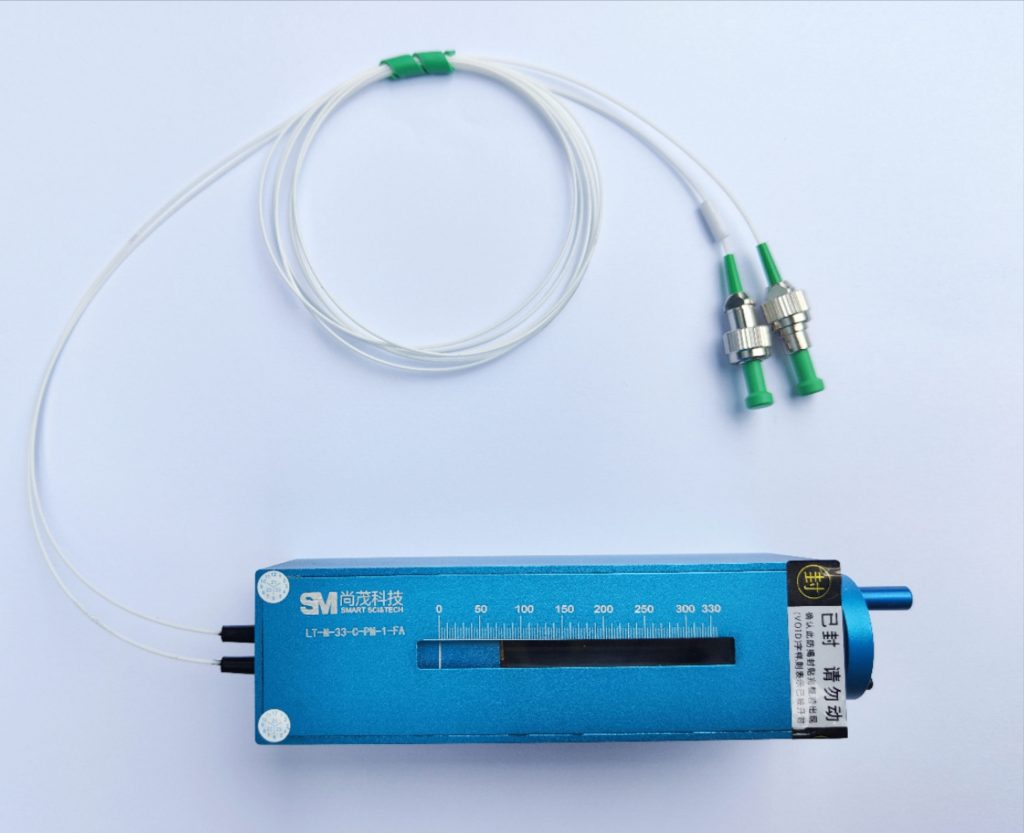Applications of Optical Fiber Delay Line in Optical Simulators
Optical fiber delay lines are components that introduce a controlled time delay to an optical signal by propagating it through a specific length of optical fiber. This delay can be precisely adjusted by varying the fiber length or using other techniques.
Optical simulators are crucial tools for researchers and engineers in various fields, including telecommunications, photonics, and quantum optics. These simulators allow for the modeling and analysis of complex optical systems without the need for expensive and time-consuming physical experiments.
Optical fiber delay lines play a vital role in enhancing the capabilities and accuracy of optical simulators by enabling precise temporal control, emulating real-world scenarios, and facilitating the investigation of time-dependent phenomena.
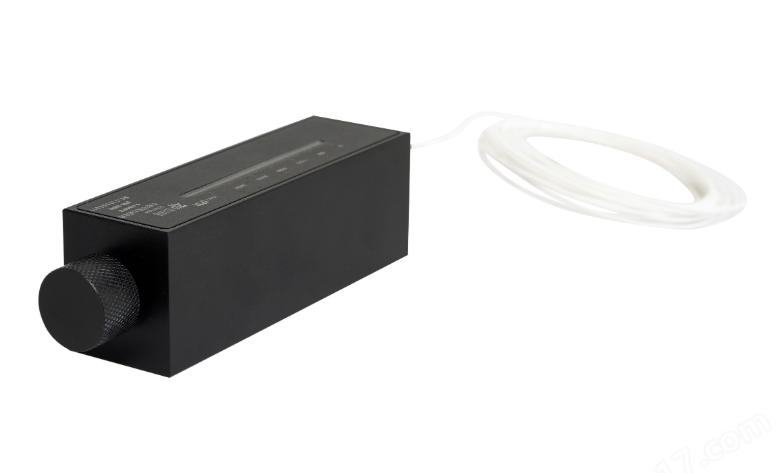
Applications of Optical Fiber Delay Line in Optical Simulators
Signal Processing:
Accurate Signal Delaying: OFDLs excel at introducing precise and adjustable time delays to optical signals. This is crucial for signal processing tasks within optical simulators, such as:
- Pulse Shaping: By precisely controlling the delay between different portions of an optical pulse, OFDLs enable the shaping of the pulse’s temporal profile.
- Filtering: Implementing digital filters by introducing specific delays and combining signals with appropriate weights.
- Equalization: Compensating for signal distortions introduced by transmission channels.
Impact on Simulator Performance:
- Improved Accuracy: Precise signal delays are essential for accurately modeling real-world scenarios, leading to more accurate simulation results.
- Enhanced Flexibility: OFDLs provide flexibility in adjusting signal parameters, allowing for the exploration of a wider range of scenarios and optimization of system designs.
- Reduced Computational Cost: In some cases, using OFDLs for signal processing tasks can reduce the computational burden on the simulator, improving simulation speed.
Pulse Shaping:
- Role in Shaping Optical Pulses: OFDLs play a key role in shaping the temporal profile of optical pulses. By carefully controlling the length of the fiber and combining signals from multiple paths with different delays, various pulse shapes can be generated:
- Gaussian pulses: Used in many applications, including optical communication and spectroscopy.
- Rectangular pulses: Useful for digital signal processing and time-domain reflectometry.
- Chirped pulses: Where the frequency of the pulse changes linearly across its duration, used in applications like pulse compression and optical coherence tomography.
Examples of Achieved Pulse Shapes:
- Pulse Compression: By introducing a linear chirp to an optical pulse and then passing it through an appropriately designed dispersive medium (which can also be modeled using the simulator), the pulse can be significantly compressed in time.
- Pulse Shaping for Optical Communication: By shaping the transmitted pulses, it’s possible to optimize them for specific communication channels, minimizing inter-symbol interference and maximizing data transmission rates.
Interferometry:
- Use in Interferometric Applications: OFDLs are indispensable in simulating various interferometric setups, such as:
- Mach-Zehnder Interferometer: By adjusting the delay in one of the interferometer arms, the phase difference between the two interfering beams can be precisely controlled.
- Michelson Interferometer: Used for measuring distances and analyzing the spectral content of light sources.
- Sagnac Interferometer: Utilized in fiber optic gyroscopes for rotation sensing.
Impact on Interference Patterns:
- Controlling Interference Fringes: By precisely controlling the delay in one or more arms of the interferometer, the position and visibility of interference fringes can be manipulated.
- Simulating Phase Shifts: Introducing a delay in one arm of an interferometer effectively introduces a phase shift in the corresponding optical path, allowing for the simulation of various interference phenomena.
- Analyzing Interferometer Performance: Simulators can be used to analyze the sensitivity and stability of interferometers by varying the delay and other parameters, optimizing their design for specific applications.
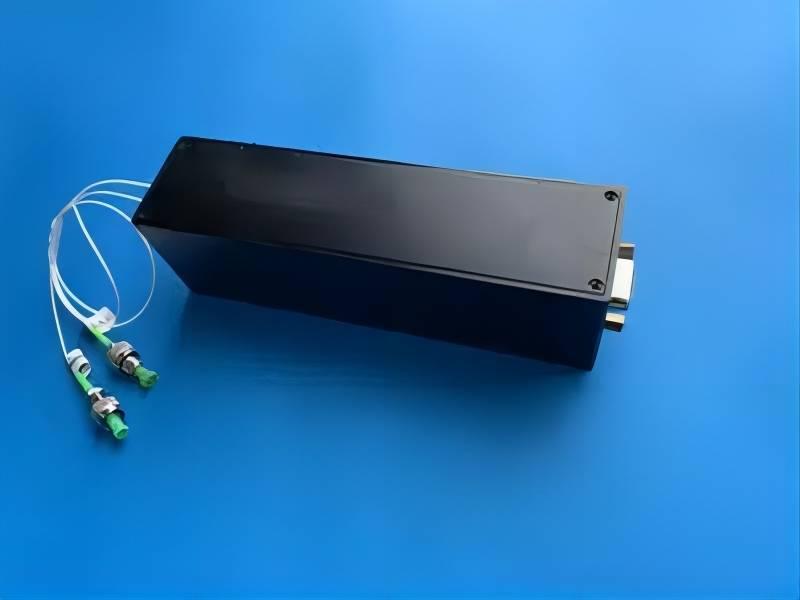
Advantages of Using Optical Fiber Delay Lines in Optical Simulators
Let’s compare optical fiber delay lines to other delay line technologies, focusing on cost, efficiency, and reliability:
| Feature | Optical Fiber Delay Lines (OFDLs) | Other Delay Line Technologies (e.g., free-space, bulk optics) |
| Cost | Generally lower cost per unit delay | Higher cost, especially for long delays due to the need for additional optical components and precise alignment |
| Efficiency | High efficiency due to low optical loss in fiber | Lower efficiency due to losses at optical surfaces and components |
| Reliability | Highly reliable, with minimal environmental impact and long-term stability | Can be more sensitive to environmental factors (e.g., temperature, vibration) and may require more frequent calibration |
| Flexibility | Highly flexible, allowing for a wide range of delays and configurations | Less flexible in terms of delay range and configuration options |
| Bandwidth | Can support very high bandwidths, enabling high-speed signal processing | Bandwidth may be limited by the specific components used |
| Size and Weight | Compact and lightweight, especially for long delays | Can be bulky and heavy, especially for long delays |
Challenges and Solutions in Optical Fiber Delay Lines
Challenges
- Chromatic Dispersion: Different wavelengths of light travel at slightly different speeds within the fiber, leading to pulse broadening and distortion. This can limit the bandwidth and fidelity of the delayed signals.
- Polarization Mode Dispersion (PMD): Variations in the refractive index of the fiber cause different polarization states of light to travel at different speeds. This can also lead to pulse broadening and distortion, especially over long distances.
Nonlinear Effects:
- Stimulated Raman Scattering (SRS): At high optical powers, the interaction between the light and the fiber material can lead to the generation of new frequencies, which can interfere with the desired signal.
- Stimulated Brillouin Scattering (SBS): Similar to SRS, but involves the interaction of light with acoustic waves in the fiber.
- Four-Wave Mixing (FWM): The interaction of multiple optical frequencies within the fiber can generate new frequencies, potentially leading to signal distortion and interference.
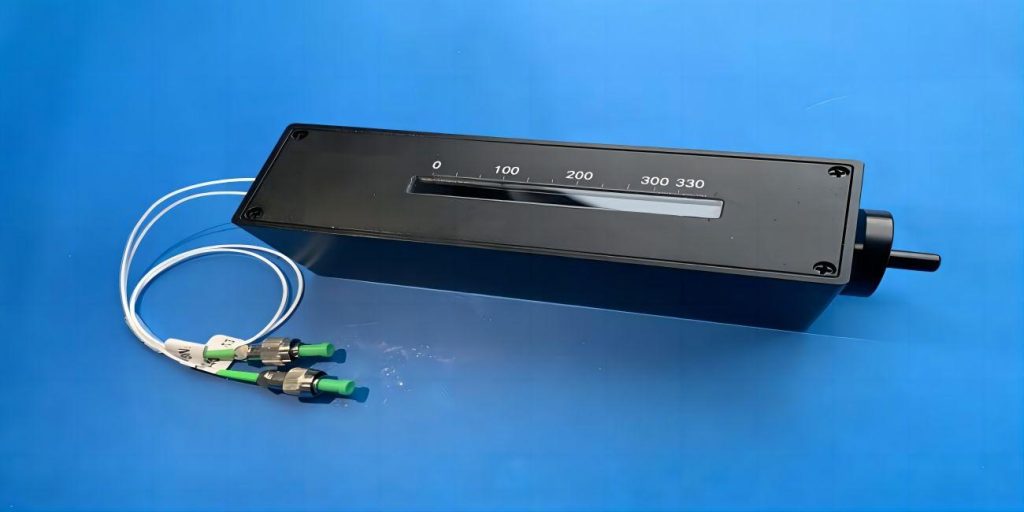
Solutions
Proper Fiber Design:
- Dispersion-Shifted Fiber: Designed to minimize chromatic dispersion at specific wavelengths, improving signal transmission over long distances.
- Single-Mode Fiber: Minimizes polarization mode dispersion by confining light to a single mode.
- Low-Nonlinearity Fiber: Reduces the impact of nonlinear effects by minimizing the nonlinear refractive index of the fiber.
Compensation Techniques:
- Dispersion Compensation Fibers: These fibers have opposite dispersion characteristics to the transmission fiber, effectively canceling out the dispersion effects.
- Equalizers: Electronic or optical devices that can be used to compensate for signal distortions caused by dispersion and other effects.
- Pulse Shaping: Techniques to shape the input pulses to minimize the impact of dispersion and other effects.
Power Management:
- Reducing Optical Power: Reducing the optical power levels within the fiber can significantly reduce the impact of nonlinear effects.
- Optical Amplifiers: Strategic placement of optical amplifiers can boost the signal power while minimizing the impact of nonlinear effects.
In conclusion, Smart Sci & Tech takes a deep look at the optical fiber delay lines that have emerged as indispensable components in modern optical simulators. Their ability to introduce precise and controllable time delays to optical signals has revolutionized the simulation of various phenomena, including signal processing, pulse shaping, and so on.

